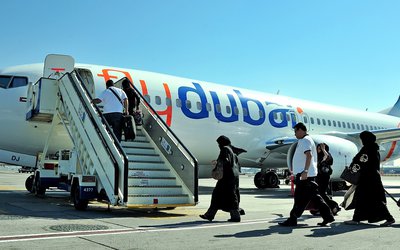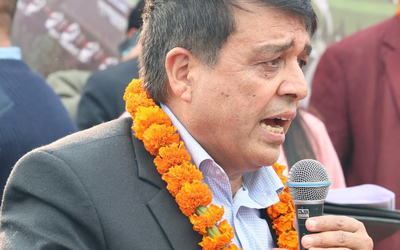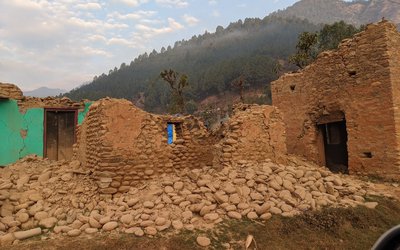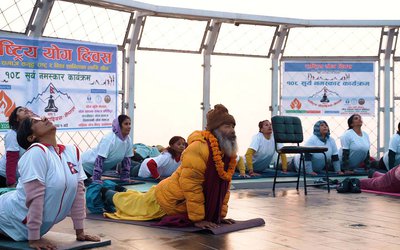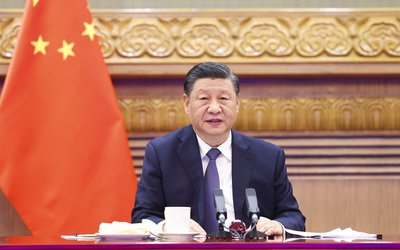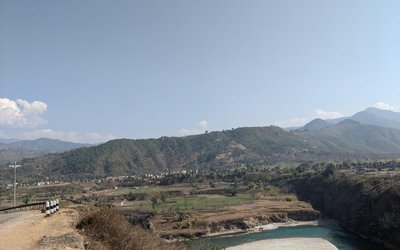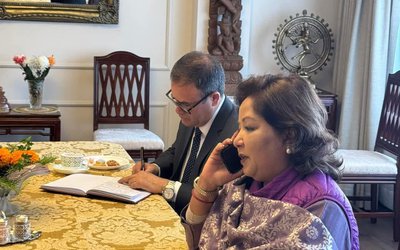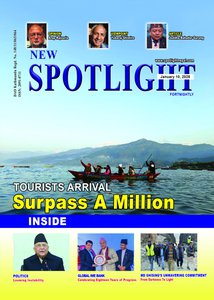A few years back we were facing up to 14 hours of load shedding every day. Now we don’t have load shedding anymore. However, we are still not power independent. We are relying on imported electricity from India. In the year 2018, Nepal imported 653 MW of electricity from India worth around Rs. 20 billion on top of Rs. 90 billion worth of petroleum products. According to Nepal Electricity Authority, the total electricity demands have reached more than 1300 MW in the winter season. This means more than half of the electricity in Nepal is imported from India which is not a clean energy source. Now to mitigate this electricity demand, many people in Nepal, including policy makers, are focusing on producing more hydropower projects. But looking at the power economics, there are various options available other than hydropower for generating electricity.
According to Forbes magazine, Hydropower so far is the cheapest source of renewable energy at the rate of average of $0.05/kWh, but the average cost of developing new power plants based on onshore wind, solar photovoltaic (PV), biomass or geothermal energy is now below $0.10/kWh. Not far behind that is offshore wind, which costs close to $0.13/kWh. However, the cost varies based on the project. The cost of producing electricity from a biomass for example, can range from as low as $0.05/kWh to a high of almost $0.25/kWh. All these fuel types are now able to compete with the cost of developing new power plants based on fossil fuels such as oil and coal which typically range from $0.05 to $0.15 per kWh.
According to International Renewable Energy Agency (IRENA), an Abu Dhabi based inter governmental body with 160 members including members from EU, by 2030 Solar PV and Wind power could cover 1/3 of the global power needs. The total capacity of distributed solar applications (rooftop) could cross 1000 GW in 2030. Similarly the cost of installing a solar rooftop has reduced by 87% between 2010 and 2019. 3D Printing technology is also regarded as a major technological breakthrough to reduce the cost. The solar PV sector employed around 4.4 million people in 2019. By 2030, it could employ around 11.7 million people. Similarly the wind sector provides employment to 1.1 million in 2019. By 2030, it could provide employment to 3.5 million people.
Nepal has huge potentiality in solar farming. There was a study conducted to find out the potentiality of solar insulation in Nepal. The sites selected varied from high altitude of Lukla to a low plain of Biratnagar. The data was taken between 2007 and 2012. This study proved that Nepal has high solar potentiality compared to various parts of the world. In fact in some regions and in some months of the year, the solar insulation crossed the solar insulation of countries like Nigeria, which has high sunshine. Similarly the potentiality of Wind power in Nepal also looks promising. The Solar and Wind Energy Resource Assessment (SWERA) project executed by Alternative Energy Promotion Centre (AEPC), has shown a very good prospect for wind energy development in Nepal with prediction of about 3,000 MW of wind power generation in Nepal. According to Amrit Thapa, a wind expert and electrical engineer, “Places above Churiya Range get wind for around 15-17 hours every day. Mustang, Dhading, Galchi and Bhorline are the places which provide good wind power.”
However, the major challenge is storing the power. The disruptive nature of solar or wind power is one of the biggest hindrances for these power plants to become a major source of power. Now here is where innovation kicks in. American Billionaire Elon Musk once tweeted that he would install a battery storage system in South Australia within 100 days or deliver it for free. The lithium ion is one of the traditional source of storing wind and solar power. According to CNBC, the Tesla battery system owned by Elon Musk is the largest lithium ion battery in the world. It can currently store 129 MW Hours of energy from wind turbines by renewable power company Neoen. This is enough to meet the needs of 30000 homes. Neoen has plans to upgrade its capacity by 50% to 150 Megawatts.
Over reliance on hydropower may not be a sustainable idea for Nepal. One of the cautionary tales on over reliance on hydropower for energy comes from Venezuela, which depends heavily on the Guri Dam for about 60% of the country’s electrical needs. In 2010 and 2016, droughts caused the dam’s water to fall so low; the government had to declare emergencies. Therefore commitment to pure clean energy is one of the agenda of the 2030 Sustainable Development Goals (SDG) which Nepal is also a part of. However, if Nepal has a proper mix of clean energy with solar and wind as a major contributor then it will be beneficial not only to its people but for the entire ecosystem.

Pratik Poudel
Poudel is a Research Associate, Nepal Water Conservation Foundation for Academic Research, Chundevi, Kathmandu
- Why More And More Youths Are Leaving Agriculture? Rational Economic Sense Or Something Else?
- Jul 01, 2024
- Why Upstream And Downstream Linkage In The River System Can’t Be Ignored?
- Feb 19, 2021
- Is The Lingering Of the Budhigandaki Hydropower Project The Sign Of Indo -Chinese Confrontation?
- Dec 18, 2020
- How Can The Problems Of Koshi Region Be Addressed Through A Nexus Perspective?
- Nov 21, 2020
- Addressing Water Security In The South Asian Region Through Nexus Governance
- Sep 08, 2020

